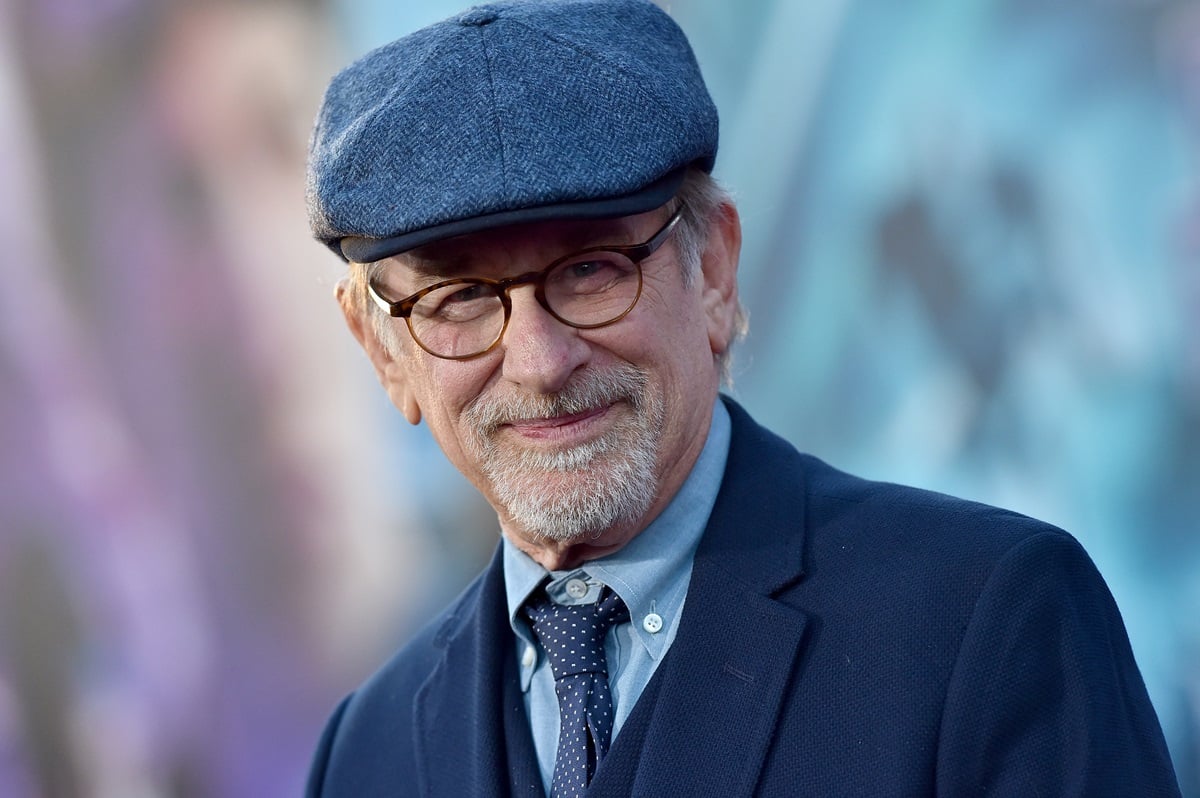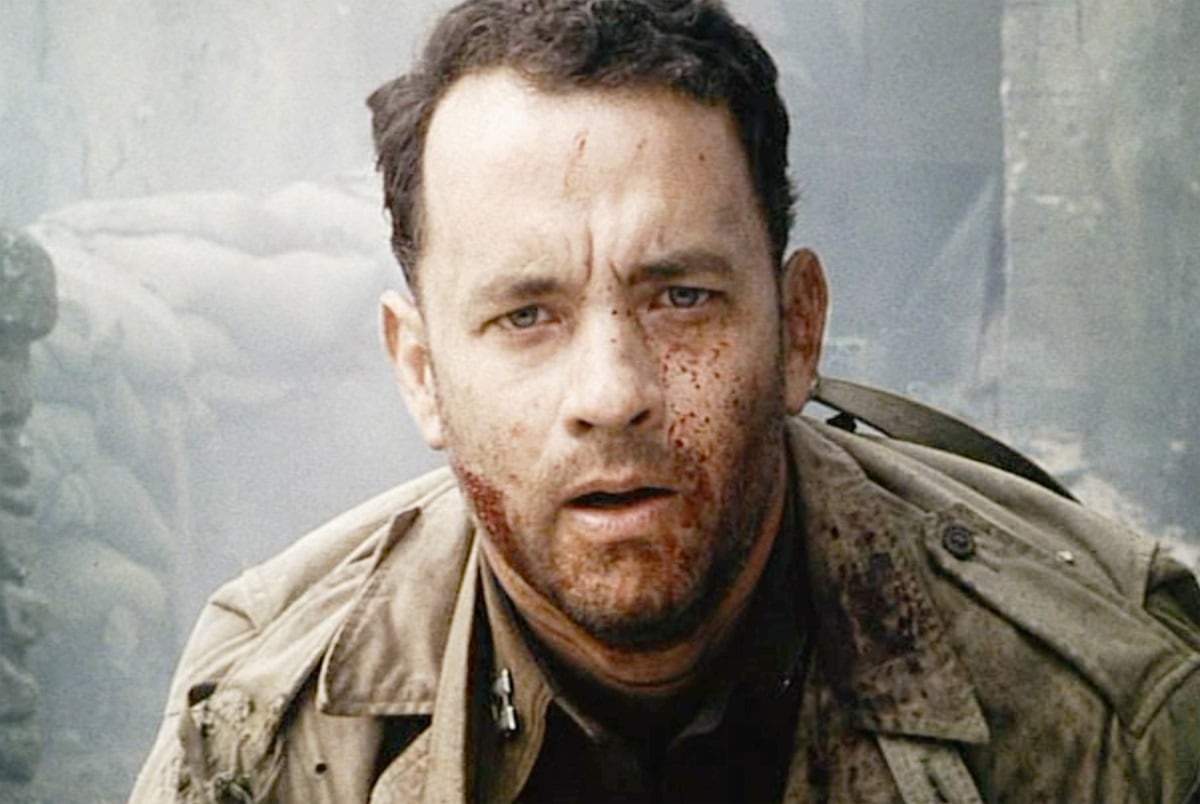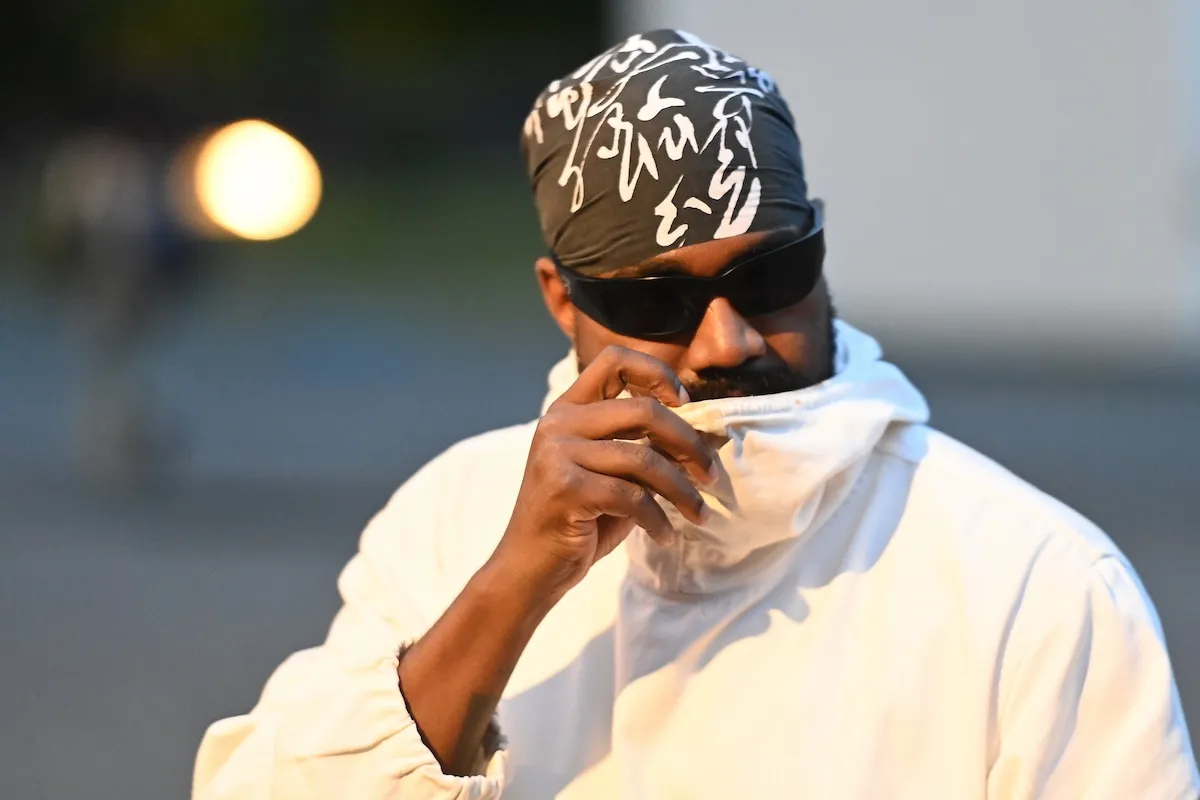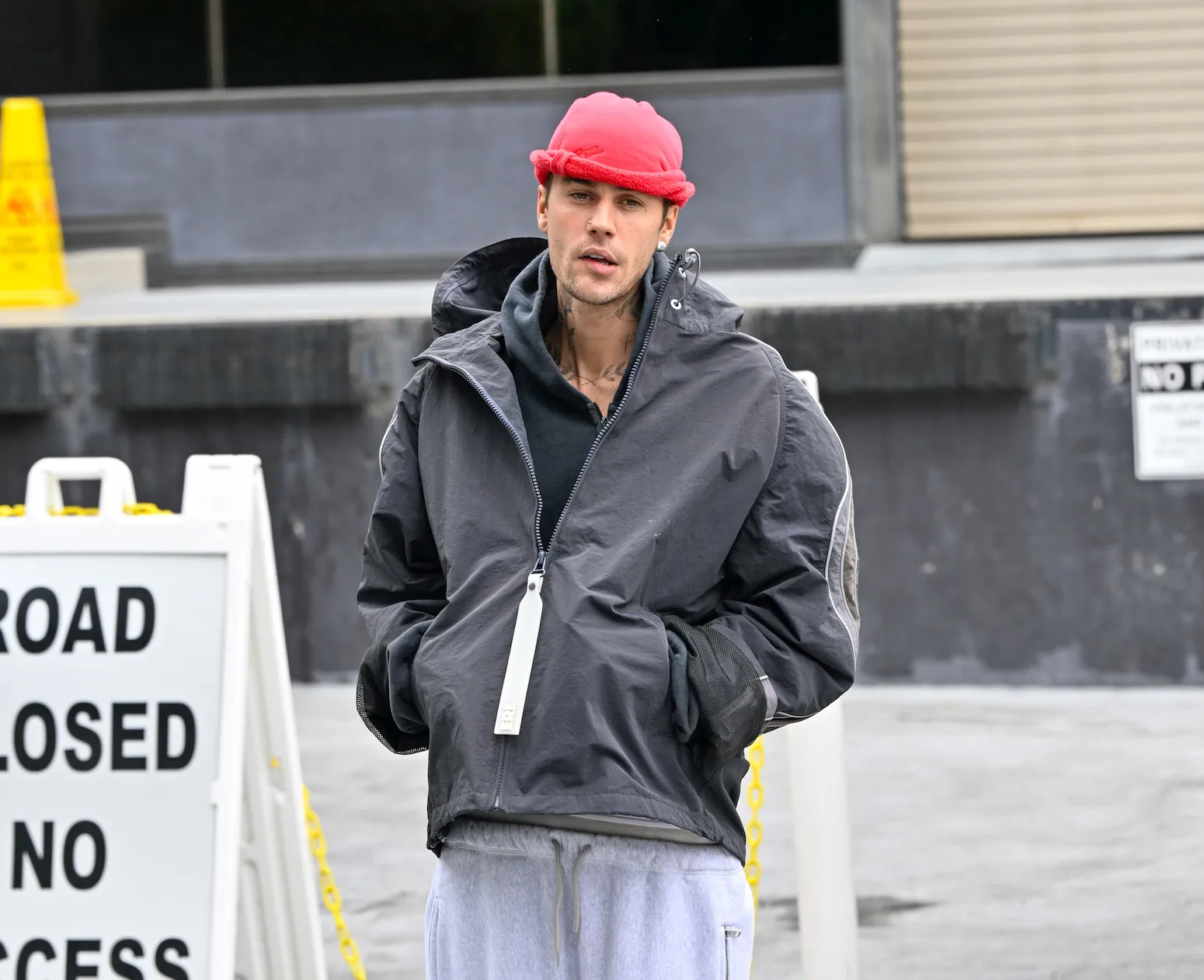
Steven Spielberg Called ‘Saving Private Ryan’ Demoralizing to Do
Steven Spielberg used a filming technique he hadn’t applied since E.T. to shoot the classic film Saving Private Ryan. But he didn’t expect the demoralizing effect that would have on the film.
The special film technique Steven Spielberg used for ‘Saving Private Ryan’

Spielberg already knew he was going to direct a world war two movie before he did Saving Private Ryan. He just didn’t know what movie that was gonna be before the Tom Hanks war film. He was soon sent the film’s script by a screenwriter, and found the war movie he wanted to do.
“As a matter of fact, it was the only time in my several decades of having an agent that they actually gave me a screenplay that I wound up directing,” he once told the DGA.
What separated Saving Private Ryan from most of Spielberg’s features was the way it was shot. As is the case with most films, Spielberg told most of his movies outside chronological order. But with Saving Private Ryan, he shot the feature linearly. It was a technique he only used for one other film, and it was a taxing process for the filmmaker and crew.
“It was a mentally demoralizing experience for us,” Spielberg said in a resurfaced interview with Roger Ebert. “Because we shot in continuity, from beginning to end. We were all reliving the story together. The last film I shot in continuity was E.T. I did that to help the kids understand where they were coming from and where they were going in the story. So literally yesterday was a page ago and tomorrow would be a page later.”
Spielberg continued that the more Saving Private Ryan progressed, the harder the shoot was for everyone.
“I did that again in this picture but I didn’t realize how devastating that was going to be for the whole cast to actually start off with Omaha Beach and survive that as a film team, and then move into the hedgerows, move into the next town, as we all began to get whittled down by the storytelling,” he said.
Steven Spielberg beat away the impulse of making ‘Saving Private Ryan’ too Hollywood
Spielberg acknowledged the criticism Saving Private Ryan faced for being too Hollywood. But he didn’t agree with the accusations that the feature was glamorized. Spielberg asserted that his mission was to tap into the reality of war. But he’d also seen a lot of war movies, so a lot of those Hollywood sensibilities couldn’t help but come through in his work.
“I’ve always wanted to make a war movie, and I had a chance to make a realistic war movie, as opposed to an apocryphal Hollywood war movie,” Spielberg said. “Actually, I was beating away the impulses to go Hollywood. People who found fault with Private Ryan always picked on it because I had a guy from Brooklyn, I had a Jewish guy, and they said, ‘Oh, you’re using the same mix that Lewis Milestone used in A Walk in the Sun. You’re mixing ethnicities and cultures and showing that Americans are from all over the world.’ That doesn’t bother me at all because you can’t have seen as many World War II movies as I’ve seen, and not have some of that rub off on Saving Private Ryan.”
Steven Spielberg felt he couldn’t make ‘Saving Private Ryan’ without shooting ‘The Color Purple’
Spielberg credited The Color Purple for giving him the confidence he needed to shoot more graphic films like Saving Private Ryan. He admitted that going into the war movie might not have been a smooth transition if it wasn’t for his experience on the Alice Walker adaptation.
“I think of all my movies, The Color Purple was my first grown-up film,” he explained. “It was the first movie that doesn’t go better with popcorn. The audience has to find their own space and experience and empathize with those characters. The story was told through the words and experiences of these characters, not through the bigger concept of a shark attacking a summer resort or a truck going after a car. I had a tone in my mind about The Color Purple, and there were going to be moments of sheer horror between characters, but set in a beautiful tapestry of purple flowers and beautiful farmland and growing corn, just the beauty of a la John Ford, and an unbearably heartbreaking story inside this bucolic picture frame.”


